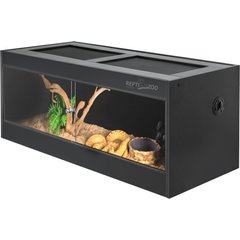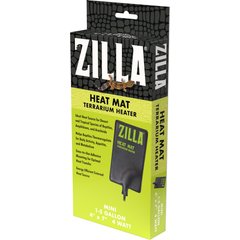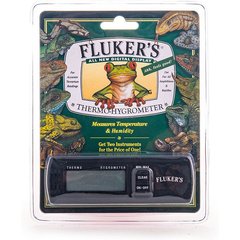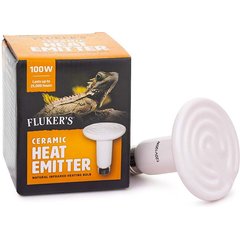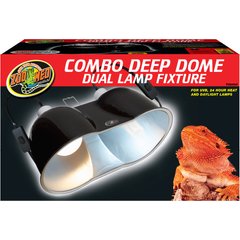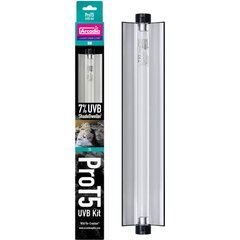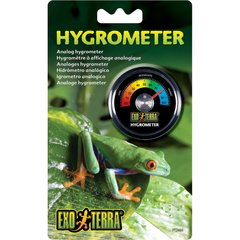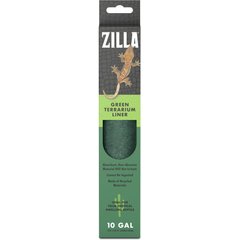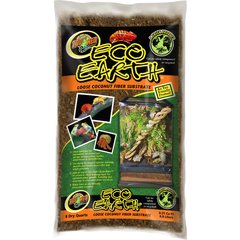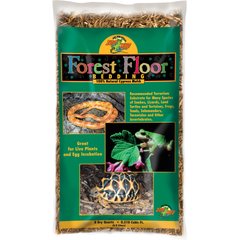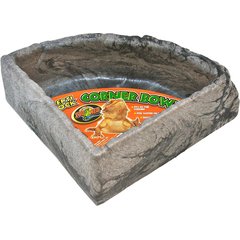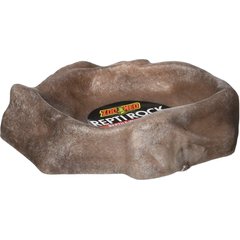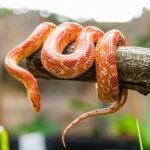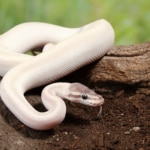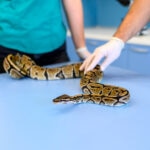Ball Python Care Sheet
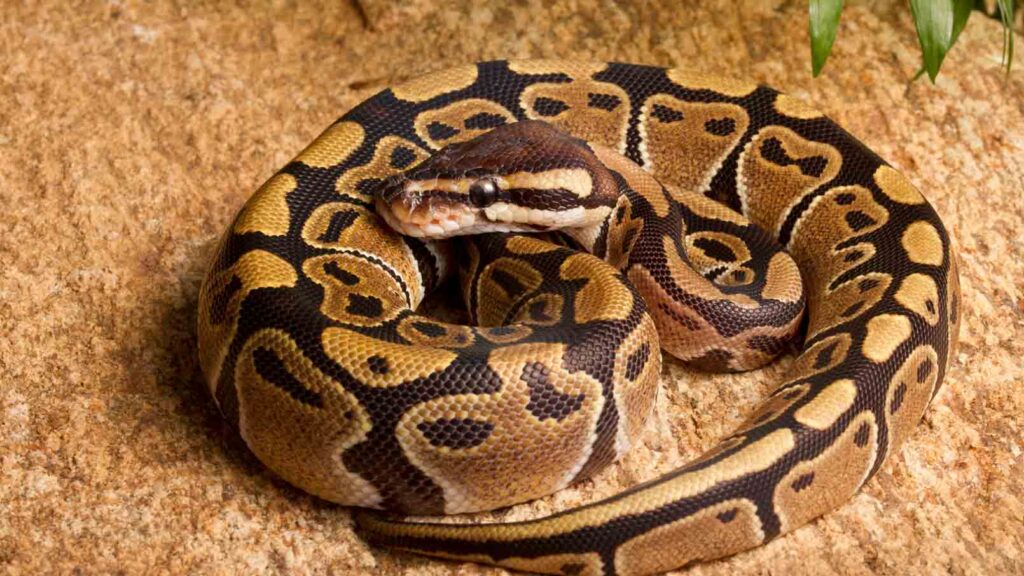
Photo by David Kenny/iStock/Getty Images Plus
Ball pythons are one of the most popular pet snakes, but because they’re prone to health issues and hunger strikes, it’s important to make sure you’re ready to add one to your home. In this guide, you’ll learn the essentials of ball python care.
Ball Python Species Overview
- Scientific name: Python regius
- Size: 4–5 feet
- Life expectancy: Up to 30 years
Fun Ball Python Facts
- The ball python is named for its protective habit of curling into a tight ball when threatened.
- Ball pythons reach their full size around age 3, but they can live up to 30 years with proper care.
- Ball pythons are talented escape artists, able to squeeze through surprisingly tight spaces.
- With regular handling, ball pythons can learn to recognize and bond with their owners.
Ball Python Habitat
Ball pythons are solitary reptiles who should be kept individually in a spacious, well-ventilated enclosure with a tight-fitting lid.
Size
A juvenile ball python can be kept in a 10- to 20-gallon tank, but adults need a 40-gallon tank or larger. Rather than upgrading your python’s tank as they grow, consider investing in the largest enclosure you can afford from the start. A glass aquarium is acceptable, but make sure it has a screened lid for ventilation.
Recommended Products
Temperature
Your ball python enclosure should provide a temperature gradient so your snake can warm themselves up or cool off as needed:
- The warm end of the enclosure—the basking side—should be kept around 88–92 degrees Fahrenheit.
- The cool end should be kept around 78 degrees Fahrenheit.
Place a thermometer on each side to monitor the temperature.
An under-tank heating mat can help keep the enclosure warm, but you’ll still need an over-the-tank basking lamp on the warm side. Always attach heating elements to thermostats to maintain safe temperatures for your snake.
Recommended Products
Light
Consider using a full-spectrum ultraviolet (UVA/UVB) lamp as an alternative or in addition to an infrared basking lamp in your ball python enclosure. Ball pythons don’t require UVB light to survive, but studies suggest it may boost immune system function and support vitamin D3 synthesis.
Though ball pythons are nocturnal, a consistent day/night cycle helps support normal behavior. Put any white lights on a timer so they aren’t left on for more than eight to 12 hours per day.
Recommended Products
Humidity
Ball pythons require a 40–60% humidity level to stay hydrated and support respiratory function. During shed cycles, increasing the humidity to 70% can be beneficial.
Use a hygrometer (humidity gauge) to monitor humidity levels in the enclosure, and keep a misting bottle handy for necessary adjustments.
Recommended Product
Decor
Ball pythons appreciate having hide boxes, such as a commercially available hide box or half of a clay flowerpot. Provide a hide box at each end of the enclosure so your python can feel secure at their preferred temperature. Make sure the box is big enough to accommodate your python’s curled body in both the warm and cool areas of the enclosure.
On the warm side, position branches or rocks at varying heights below over-the-tank heating elements.
To aid in healthy shedding, keep a hideout box filled with moistened sphagnum moss on the warm side of the enclosure as well.
Appropriate substrate options include:
Avoid pine and cedar bedding, as the natural oils may irritate your snake’s skin.
Recommended Products
Cleaning
Spot clean your tank as needed, removing fecal matter and urinary waste as soon as possible.
Once a month, thoroughly clean and disinfect the habitat. To do this, first place your python in a secondary habitat. Then, remove all substrate and accessories, and scrub the tank and furnishings with a diluted bleach solution. Rinse thoroughly with water until the bleach odor is gone, and allow the tank and furnishings to fully air dry before returning your accessories and python to the tank.
Ball Python Diet
Feed your ball python whole mice or rats about the same size as the snake’s width at mid-body. Always feed frozen thawed rodents—never live—and offer them at night using feeding tongs. Juvenile ball pythons should be fed weekly to support their growth, while adults may only need to eat every other week.
Try not to handle your python for at least 24 hours after feeding, as this can lead to discomfort and regurgitation.
Provide your python with fresh, clean water in at least one water dish to help keep them hydrated. The dish should be shallow but large enough for your snake to soak in during shedding periods. Change out the water in the dish daily, and clean and disinfect the water dish on a weekly basis.
Recommended Products
Handling Ball Pythons
Most ball pythons are tolerant of handling. Be gentle with your snake and keep early handling sessions short until your python gets used to you. To prevent disease transmission, always wash your hands before and after handling.
Feeding your snake in a separate enclosure using tongs (instead of your fingers) can reduce the risk of your hand being mistaken as a food source. Minimize handling during shedding periods, as the scales over your python’s eyes can loosen and impair vision.
Ball Python Health
Ball pythons are prone to parasites, skin infections, respiratory disease, inclusion body disease, gastrointestinal obstruction, and issues related to shedding. A clean, properly maintained enclosure paired with a suitable diet helps minimize the risk of serious health problems.
Have your ball python examined by an exotics veterinarian once a year, and call your vet if you notice signs of injury or illness, such as:
- Cloudy eyes
- Stuck shed
- Ulcerations or skin lesions
- Lumps or bumps
- Discharge around the vent
- Loss of appetite
- Lethargy
- Abnormal movement
- Difficulty breathing or wheezing
- Discharge from the mouth
- Loose stools
It’s common for ball pythons to refuse food, sometimes for several months at a time during the cooler, drier months of the year. As long as your snake maintains their body weight and doesn’t appear stressed, occasional fasting usually isn’t cause for concern. Pythons generally do not eat when they are shedding.
To encourage a picky eater, try warming their food to room temperature by placing the thawed rodent in a sealed plastic bag and running hot water over it.
Ball Python Supply Checklist
Ball pythons are relatively undemanding reptiles, but a stable environment and well-balanced diet are essential. Here’s what you’ll need to ensure a lengthy ball python lifespan.
FAQ About Ball Pythons
Is a ball python a good pet?
Yes, and they are considered beginner-friendly. Because the average ball python lifespan is over 20 years, however, pet parents should ensure they’re ready for a lengthy commitment.
Do ball pythons like to be cuddled?
It depends. Ball pythons are generally docile but can sometimes be shy. With proper socialization, this species may come to enjoy being handled.
What happens if a ball python bites you?
Ball python teeth are very small but sharp. A bite may leave puncture marks in your skin and could cause lingering soreness. Clean and disinfect the wound, then monitor for signs of infection.
Are ball pythons aggressive?
No. Ball pythons are usually not aggressive. Like any snake, however, they may strike when feeling stressed, sick, or threatened.
How expensive is a ball python?
Standard ball pythons generally cost under $30 at reptile shows, but pet stores often charge more. Different morphs cost anywhere from several hundred to several thousand dollars for rare varieties.
Click here for a PDF version of this care sheet!
This content was medically reviewed by Molly Price, DVM, Chewy veterinarian.
